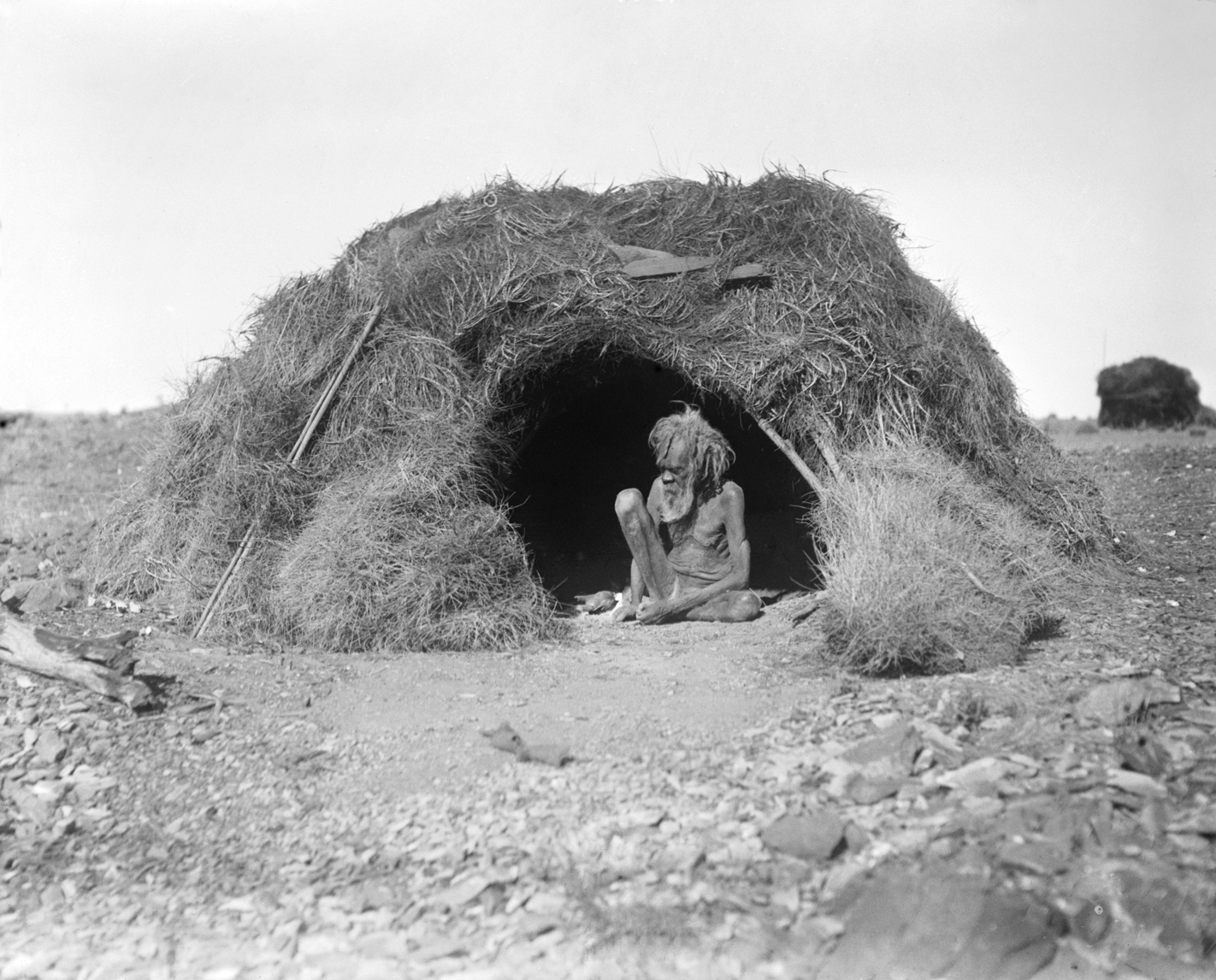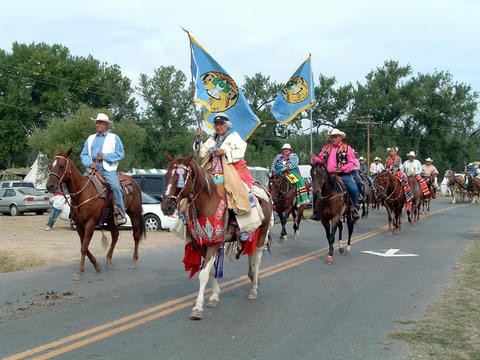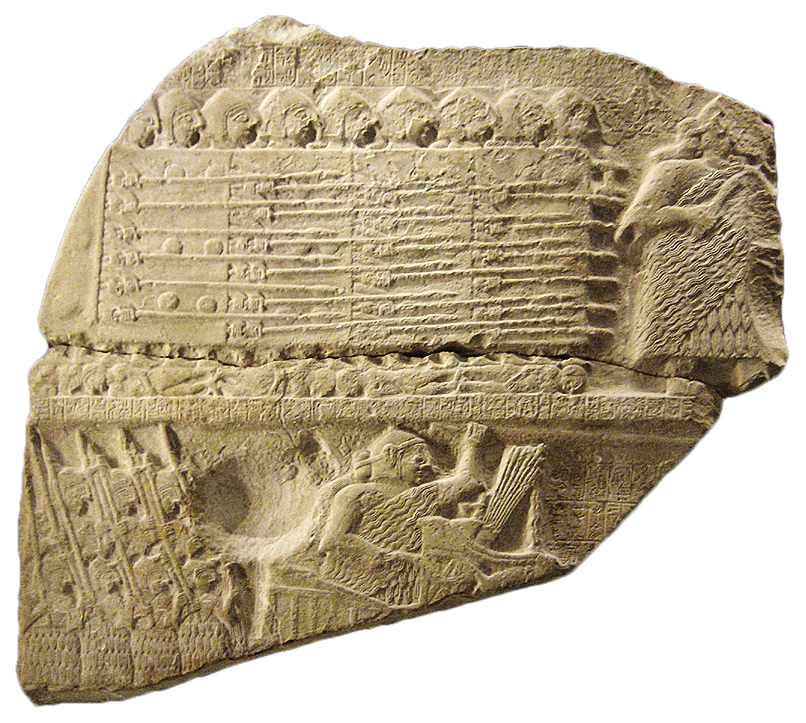|
War Before Civilization
''War Before Civilization: the Myth of the Peaceful Savage'' (Oxford University Press, 1996) is a book by Lawrence H. Keeley, a professor of archaeology at the University of Illinois at Chicago who specialized in prehistoric Europe. The book deals with warfare conducted throughout human history by societies with little technology. In the book, Keeley aims to stop the apparent trend in seeing modern civilization as bad, by setting out to prove that prehistoric societies were often violent and engaged in frequent warfare that was highly destructive to the cultures involved. Summary Keeley conducts an investigation of the archaeological evidence for prehistoric violence, including murder and massacre as well as war. He also looks at nonstate societies of more recent times – where we can name the tribes and peoples – and their propensity for warfare. It has long been known, for example, that many tribes of South America's tropical forest engaged in frequent warfare. Keeley sa ... [...More Info...] [...Related Items...] OR: [Wikipedia] [Google] [Baidu] |
Warfare
War is an armed conflict between the armed forces of State (polity), states, or between governmental forces and armed groups that are organized under a certain command structure and have the capacity to sustain military operations, or between such organized groups. It is generally characterized by widespread violence, destruction, and mortality, using Regular army, regular or Irregular military, irregular Military, military forces. ''Warfare'' refers to the common activities and characteristics of types of war, or of wars in general. Total war is warfare that is not restricted to purely legitimate military targets, and can result in massive Civilian casualty, civilian or other non-combatant suffering and Casualty (person), casualties. Etymology The English word ''war'' derives from the 11th-century Old English words and , from Old French ( as in modern French), in turn from the Frankish language, Frankish , ultimately deriving from the Proto-Germanic language, Proto-Ge ... [...More Info...] [...Related Items...] OR: [Wikipedia] [Google] [Baidu] |
Jebel Sahaba
Jebel Sahaba (; also Site 117) is a prehistoric cemetery site in the Nile Valley (now submerged in Lake Nasser), near the northern border of Sudan with Egypt in Northeast Africa. It is associated with the Qadan culture. It was discovered in 1964 by a team led by Fred Wendorf. Since their discovery, the skeletons of Jebel Sahaba have been continuously re-evaluated by anthropologists seeking to determine the circumstances of their death. As of the most recent study (2021), it seems most likely that the war (dating to 12th millennium BC) was driven by resource scarcity due to climate change. Tribes of the Qadan culture partook in a series of raids and ambushes against one another with projectile weapons - mostly light arrows, but also much heavier arrows or throwing spears. The site is often cited as the oldest known evidence of warfare or systemic intergroup violence, although as of 2021 the earliest documented evidence of interpersonal violence appears to be the partial remai ... [...More Info...] [...Related Items...] OR: [Wikipedia] [Google] [Baidu] |
Venezuela
Venezuela, officially the Bolivarian Republic of Venezuela, is a country on the northern coast of South America, consisting of a continental landmass and many Federal Dependencies of Venezuela, islands and islets in the Caribbean Sea. It comprises an area of , and its population was estimated at 29 million in 2022. The capital and largest urban agglomeration is the city of Caracas. The continental territory is bordered on the north by the Caribbean Sea and the Atlantic Ocean, on the west by Colombia, Brazil on the south, Trinidad and Tobago to the north-east and on the east by Guyana. Venezuela is a presidential republic consisting of States of Venezuela, 23 states, the Venezuelan Capital District, Capital District and Federal Dependencies of Venezuela, federal dependencies covering Venezuela's offshore islands. Venezuela is among the most urbanized countries in Latin America; the vast majority of Venezuelans live in the cities of the north and in the capital. The territory o ... [...More Info...] [...Related Items...] OR: [Wikipedia] [Google] [Baidu] |
Yolngu People
The Yolngu or Yolŋu ( or ) are an aggregation of Aboriginal Australian people inhabiting north-eastern Arnhem Land in the Northern Territory of Australia. ''Yolngu'' means "person" in the Yolŋu languages. The terms Murngin, Wulamba, Yalnumata, Murrgin and Yulangor were formerly used by some anthropologists for the Yolngu. All Yolngu clans are affiliated with either the Dhuwa (also spelt Dua) or the Yirritja moiety. Prominent Dhuwa clans include the Rirratjiŋu and Gälpu clans of the Dangu people, while the Gumatj clan is the most prominent in the Yirritja moiety. Name The ethnonym Murrgin gained currency after its extensive use in a book by the American anthropologist W. Lloyd Warner, whose study of the Yolngu, ''A Black Civilization: a Social Study of an Australian Tribe'' (1937) quickly assumed the status of an ethnographical classic, considered by R. Lauriston Sharp the "first adequately rounded out descriptive picture of an Australian Aboriginal community." Norman ... [...More Info...] [...Related Items...] OR: [Wikipedia] [Google] [Baidu] |
Aboriginal Australians
Aboriginal Australians are the various indigenous peoples of the Mainland Australia, Australian mainland and many of its islands, excluding the ethnically distinct people of the Torres Strait Islands. Humans first migrated to Australia (continent), Australia 50,000 to 65,000 years ago, and over time formed as many as 500 List of Aboriginal Australian group names, language-based groups. In the past, Aboriginal people lived over large sections of the continental shelf. They were isolated on many of the smaller offshore islands and Tasmania when the land was inundated at the start of the Holocene Interglacial, inter-glacial period, about 11,700 years ago. Despite this, Aboriginal people maintained extensive networks within the continent and certain groups maintained relationships with Torres Strait Islanders and the Makassar people, Makassar people of modern-day Indonesia. Over the millennia, Aboriginal people developed complex trade networks, inter-cultural relationships, law ... [...More Info...] [...Related Items...] OR: [Wikipedia] [Google] [Baidu] |
Arnhem Land
Arnhem Land is a historical region of the Northern Territory of Australia. It is located in the north-eastern corner of the territory and is around from the territorial capital, Darwin, Northern Territory, Darwin. In 1623, Dutch East India Company captain Voyage of the Pera and Arnhem to Australia in 1623, Willem Joosten van Colster (or Coolsteerdt) sailed into the Gulf of Carpentaria and Cape Arnhem is named after his ship, the ''Arnhem'', which itself was named after the city of Arnhem in the Netherlands. The area covers about and has an estimated population of 16,000, of whom 12,000 are Aboriginal and Torres Strait Islander people. Two regions are often distinguished as East Arnhem (Land) and West Arnhem (Land). The region's service hub is Nhulunbuy, east of Darwin, set up in the early 1970s as a mining town for bauxite. Other major population centres are Yirrkala (just outside Nhulunbuy), Gunbalanya (formerly Oenpelli), Ramingining, and Maningrida. A substantial proportio ... [...More Info...] [...Related Items...] OR: [Wikipedia] [Google] [Baidu] |
Crow Nation
The Crow, whose autonym is Apsáalooke (), are Native Americans living primarily in southern Montana. Today, the Crow people have a federally recognized tribe, the Crow Tribe of Montana, with an Indian reservation, the Crow Indian Reservation, located in the south-central part of the state. Crow Native Americans are a Plains tribe, who speak the Crow language, part of the Missouri River Valley branch of Siouan languages. Of the 14,000 enrolled tribal citizens, an estimated 3,000 spoke the Crow language in 2007. In historical times, the Crow lived in the Yellowstone River valley, which extends from present-day Wyoming, through Montana, and into North Dakota, where it joins the Missouri River. During the United States' expansion into the West, the Crow allied with the Americans against their neighbors and rivals, the Dakota, Lakota, and Cheyenne. Since the 19th century, Crow people have been concentrated on their reservation established south of Billings, Montana. Today ... [...More Info...] [...Related Items...] OR: [Wikipedia] [Google] [Baidu] |
Eskimos
''Eskimo'' () is a controversial Endonym and exonym, exonym that refers to two closely related Indigenous peoples: Inuit (including the Alaska Native Iñupiat, the Canadian Inuit, and the Greenlandic Inuit) and the Yupik peoples, Yupik (or Siberian Yupik, Yuit) of eastern Siberia and Alaska. A related third group, Aleuts, who inhabit the Aleutian Islands, are generally excluded from the definition of ''Eskimo''. The three groups share a relatively recent common ancestor, and speak related languages belonging to the family of Eskaleut languages. These circumpolar peoples have traditionally inhabited the Arctic and subarctic regions from eastern Siberia (Russia) to Alaska (United States), Northern Canada, Nunavik, Nunatsiavut, and Greenland. Some Inuit, Yupik, Aleut, and other individuals consider the term ''Eskimo'', which is of a disputed etymology, to be pejorative or even offensive. ''Eskimo'' continues to be used within a historical, linguistic, archaeological, and cultural ... [...More Info...] [...Related Items...] OR: [Wikipedia] [Google] [Baidu] |
Tłı̨chǫ
The Tłı̨chǫ (, ) people, sometimes spelled Tlicho and also known as the Dogrib, are a Dene First Nations people of the Athabaskan-speaking ethnolinguistic group living in the Northwest Territories of Canada. Name The name ''Dogrib'' is an English adaptation of their own name, (or ) – “Dog-Flank People”, referring to their fabled descent from a supernatural dog-man. Like their Dene neighbours they called themselves often simply ("person", "human") or ("People, i.e. Dene People"). The Tłı̨chǫ's land is known as (or , or ). On the 1682 Franquelin map, Dogrib was recorded as "Alimousp oiak" (from Cree , "Dog-Flanks"). Communities The Tłı̨chǫ have six communities with a majority of Tłı̨chǫ residents: Behchokǫ̀ (formerly Rae-Edzo), Whatì (Lac la Martre), Gamèti (Rae Lakes), and Wekweètì (Snare Lake), the four communities of the Tłı̨chǫ Government, and Dettah (T'èɂehdaà) and Ndilǫ, the communities of the Yellowknives Dene Fir ... [...More Info...] [...Related Items...] OR: [Wikipedia] [Google] [Baidu] |
Yellowknives
The Yellowknives, Yellow Knives, Copper Indians, Red Knives or T'atsaot'ine (Wíílíídeh dialect: ''Tetsǫ́t'ınę'') are indigenous peoples in Canada, indigenous peoples of Canada, one of the five main groups of the First Nations in Canada, First Nations Dene who live in the Northwest Territories. The name, which is also the source for the later community of Yellowknife, derives from the colour of the tools made from copper deposits. History The historic Yellowknive tribe lived north and northeast of the Great Slave Lake (''Tinde'e'' - "Great Lake") around the Yellowknife River and Yellowknife Bay (''Wíílíídeh cho'' - "Nelma, Inconnu River") and northward along the Coppermine River, northeast to the Back River (Nunavut), Back River (''Thlewechodyeth'' or ''Thlew-ee-choh-desseth'' - "Great Fish River") and east to the Thelon River. They used the major rivers of their traditional land as routes for travel and trade as far east as Hudson Bay, where early European explorers su ... [...More Info...] [...Related Items...] OR: [Wikipedia] [Google] [Baidu] |
Race War
An ethnic conflict is a conflict between two or more ethnic groups. While the source of the conflict may be political, social, economic or religious, the individuals in conflict must expressly fight for their ethnic group's position within society. This criterion differentiates ethnic conflict from other forms of struggle. Academic explanations of ethnic conflict generally fall into one of three schools of thought: primordialism, primordialist, instrumentalism, instrumentalist or social constructivism, constructivist. Recently, some have argued for either top-down or bottom-up explanations for ethnic conflict. Intellectual debate has also focused on whether ethnic conflict has become more prevalent since the end of the Cold War, and on devising ways of managing conflicts, through instruments such as consociationalism and Federalism, federalisation. Theories of causes It is argued that rebel movements are more likely to organize around ethnicity because ethnic groups are more ... [...More Info...] [...Related Items...] OR: [Wikipedia] [Google] [Baidu] |
Spear
A spear is a polearm consisting of a shaft, usually of wood, with a pointed head. The head may be simply the sharpened end of the shaft itself, as is the case with Fire hardening, fire hardened spears, or it may be made of a more durable material fastened to the shaft, such as bone, flint, obsidian, copper, bronze, iron, or steel. The most common design for hunting and/or warfare, since modern times has incorporated a metal spearhead shaped like a triangle, lozenge (shape), diamond, or Glossary of leaf morphology, leaf. The heads of fishing spears usually feature multiple sharp Tine (structural), points, with or without barbs. Spears can be divided into two broad categories: those designed for thrusting as a melee weapon (including weapons such as lances and Pike (weapon), pikes) and those designed for throwing as a ranged weapon (usually referred to as javelins). The spear has been used throughout human history as a weapon for hunting and/or fishing and for warfare. Along with ... [...More Info...] [...Related Items...] OR: [Wikipedia] [Google] [Baidu] |






